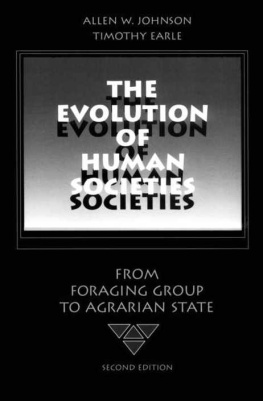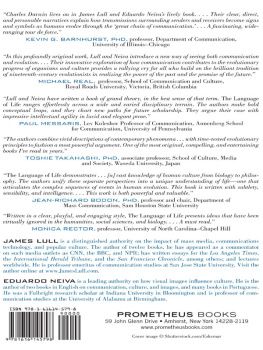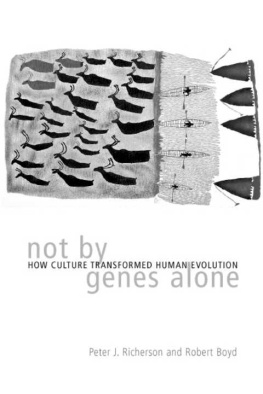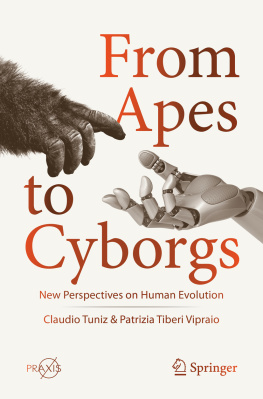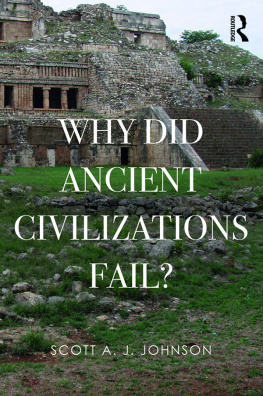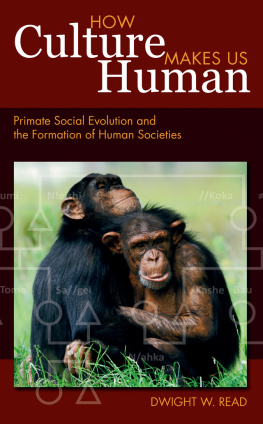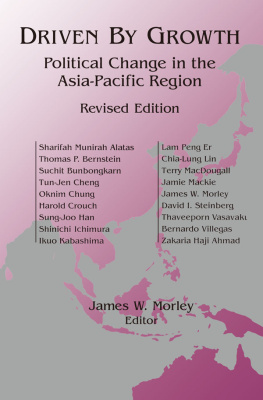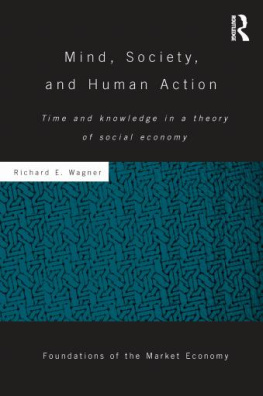THE EVOLUTION OF HUMAN SOCIETIES
Allen W. Johnson & Timothy Earle
The Evolution
of Human Societies
From Foraging Group
to Agrarian State
Second Edition



Dedicated to Marvin Harris and Marshall Sahlins For their inspiration and disputation
Preface to the Second Edition
In the first edition of this work we attempted to synthesize the current understanding of the processes whereby human societies grew (or did not grow) in scale and complexity under a broad range of environmental circumstances. Our joint experience of teaching courses in economic anthropology and cultural ecology showed us the advantages of combining the perspectives of ethnology and archaeology for a comprehensive theory integrating both subjects. In order to do so, we had instinctively organized the case materials in our course from small-scale mobile foragers to agrarian states, as do many of our colleagues. We decided to make explicit the implicit evolutionary theory in such an ordering from simple to complex, and this work was born.
For this second edition, we have taken advantage of more than a decade teaching with the first edition. Through their bold questioning and insights drawn from their own learning and experience, our students have shown us many ways to improve on the original, and for this we owe them a profound debt of gratitude. As a result of their comments, and those of many of our colleagues, we have completely rewritten the theoretical chapters, to strengthen and improve the flow and clarity of the argument. We have also reviewed all the cases and where possible, in consultation with experts, have corrected errors and brought the cases up to date, often illuminating the ways in which the basic processes of social evolution continue to operate to the present time. We have also added a new ending chapter that links our evolutionary argument to an account of how and why traditional societies like those we discuss transform in our world of today.
In our preface to the first edition we noted a certain turning away from social evolutionism in the anthropology of the time. The situation today is different. A great many excellent works have been published dealing with warfare, leadership, intensification, trust and cooperation, and many other topics in ways that either are frankly evolutionist or at least are framed to be of use to the evolutionist. In addition to this general climate of theoretical debate, we have benefited from careful specific comments on parts or all of this work by Jeanne Arnold, Robert Bettinger, Ben Campbell, Napoleon Chagnon, Myron Cohen, Sam Coleman, Terence D'Altroy, Norma Diamond, Rada Dyson-Hudson, Paul Ehrlich, Walter Goldschmidt, Daniel Gross, Raymond Hames, William Irons, Patrick Kirch, Richard Lee, Sibel Kusimba, Cherry Lowman, Mervin Meggitt, Mark Moberg, Philip Newman, John Olmsted, Wendell Oswalt, Melanie Renfrew, Tawnya Sesi, Nazif Shahrani, Mariko Tamanoi, David Hurst Thomas, Jan Weinpahl, Lynn White, Jr., Johannes Wilbert, and Yun-xiang Yan. Amalie Orme drew the settlement pattern figures and they reflect her creative input. Valued colleagues Roy Rappaport and Annette Weiner, whose works have influenced our own, have died. We mourn their passing and miss their thoughtful advice.
In preparing this revision we rediscovered the stimulation and new thinking that comes with a collaboration across the subdisciplines. Archaeologists and ethnologists, although they work with such different empirical materials, share great areas of common interest when it comes to the evolution of human societies, and each has much to gain from a thorough understanding of the other.
Contents
The Primary Dynamics of the
Case 2. The
Part II: The Local Group
Theorizing
1 1
Theories of
Part I: The Family-Level Group
Theorizing the
The Primary Dynamics of Local
Case 8.
Part III: The Regional Polity
The Primary Dynamics
Case 14. The Basseri
Case
Case 19.
Social Evolution
Tables and Figures
Tables
Figures
THE EVOLUTION OF HUMAN SOCIETIES
ONE
Introduction
OUR PURPOSE I N this book is to describe and explain the evolution of human societies. Some societies are of small scale and flexible; others are large and highly structured; and still others fall in between those extremes. A central question of anthropology is how to understand the variability in human societies across space and time. But can the historical processes of human social evolution be explained? In some sense each society is unique, a product of its own history in a distinct environment, with its own characteristic technologies, economies, and cultural values. Yet this cultural relativism-anthropology's effort to recognize and respect cultural integrity-must coexist in a dynamic tension with the effort to identify and explain cross-cultural patterns in the development and operation of human societies.
Our emphasis here is on the causes, mechanisms, and patterns of social evolution, which, despite taking many divergent paths, is explainable in terms of a coherent theory. As teachers of cross-cultural economics and as field anthropologists-one author being an ethnographer, the other an archaeologist-we have sought a theoretical framework to help make sense both of the long-term prehistoric cultural sequences now available to us and of the diversity of present-day societies.
The Khoisan foragers of southern Africa produce abundant food with a few hours' work per day-are they the "original affluent society"? The Yanomamo of South America fight one another with peculiar ferocity-is this the unrestrained expression of innate human aggressiveness? In the striking North American Potlatch and Melanesian kula ring, "men of renown" publicly compete to gain prestige at others' expense-is this the human hunger for fame in a primitive manifestation? These comparative questions are of interest, alike to the anthropologist, economist, geographer, historian, political scientist, and sociologist, for they are ultimately questions about human nature-the common heritage of humankind as a species-and its expression in diverse environments, mediated by diverse cultural traditions. In this book we provide a systematic theoretical approach for answering these and similar questions in a broad, cross-cultural frame of reference.
Our theory pays particular attention to the causes and consequences of population growth. Although we will see that its precise role is hotly contested, population growth is undeniably central to the process of sociocultural evolution, because of its clear consequences for how people meet their basic needs. In any environment, population growth creates problems in technology, the social organization of production, and political regulation that must be solved. We will show how the solutions to these problems bring about the changes we know as sociocultural evolution.

